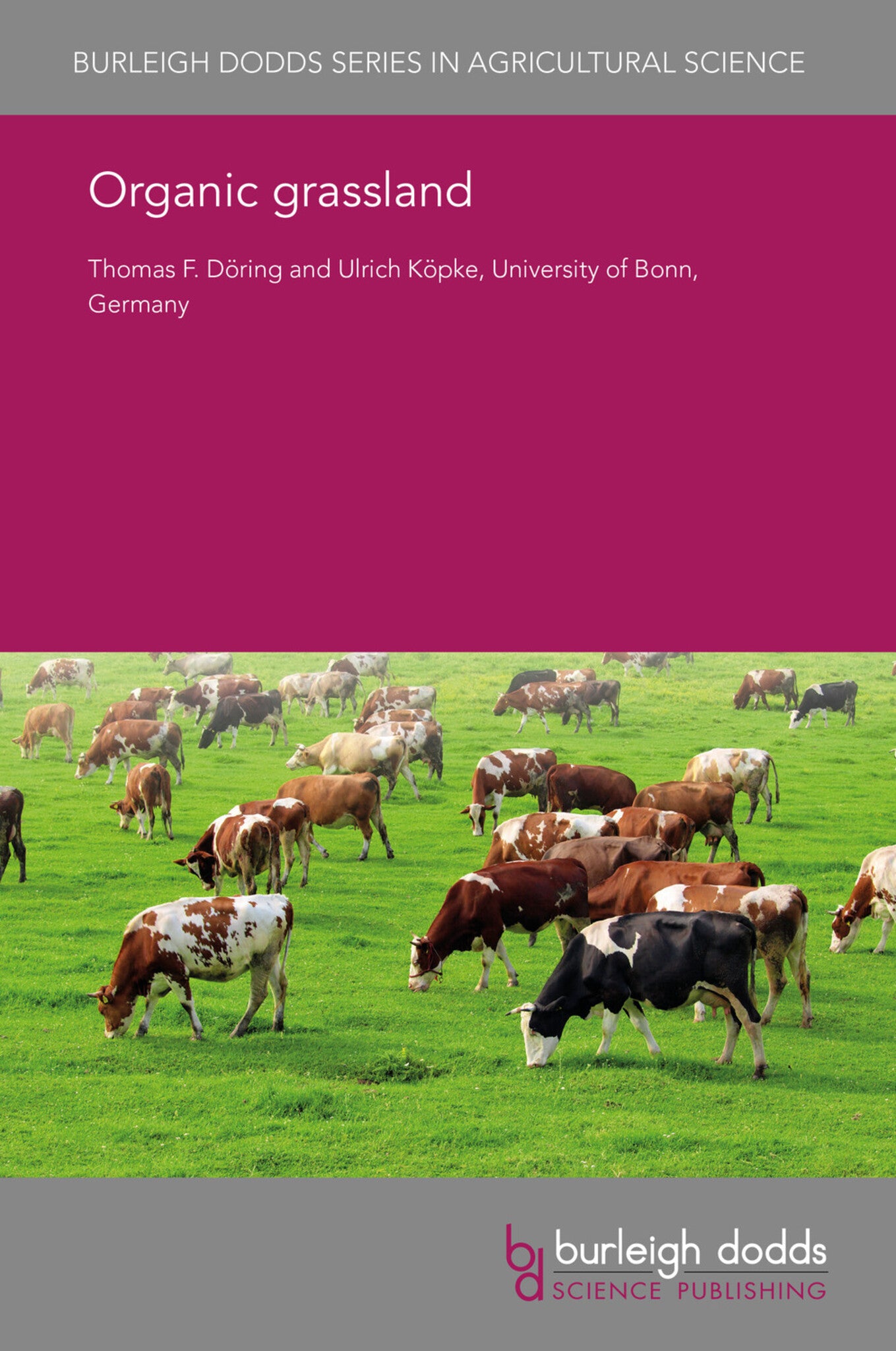We're sorry. An error has occurred
Please cancel or retry.
Organic grassland
Regular price
£25.00
Sale price
£25.00
Regular price
£25.00
Unit price
/
per
Sale
Sold out
Re-stocking soon
Organic farming makes up an increasing share of agricultural and food systems. Within organic agriculture, grasslands are of particular importance because of their multiple benefits to soils, crops...
Read More

Some error occured while loading the Quick View. Please close the Quick View and try reloading the page.
Couldn't load pickup availability
- Format:
-
26 July 2018

Organic farming makes up an increasing share of agricultural and food systems. Within organic agriculture, grasslands are of particular importance because of their multiple benefits to soils, crops, livestock and ecosystems. In this chapter, we review the multifunctionality of grasslands in the context of organic agriculture, with a special focus on crop rotations. Generally, differences between organic and non-organic systems are smaller for grasslands than for arable systems. However, marked differences between the production systems do occur with respect to nutrient management, particularly nitrogen. As nitrogen losses constitute one of the most important challenges for organic grassland management, we review current knowledge on the possibilities to contain such losses. Further we present two case studies, from the United Kingdom and Germany, showing that trade-offs between different aims, for example productivity and biodiversity conservation, are not restricted to conventionally managed grasslands but frequently occur in organic grassland systems as well.

Price: £25.00
Publisher: Burleigh Dodds Science Publishing
Imprint: Burleigh Dodds Science Publishing
Series: Burleigh Dodds Series in Agricultural Science
Publication Date:
26 July 2018
ISBN: 9781838797010
Format: eBook
BISACs:
TECHNOLOGY & ENGINEERING / Agriculture / Forestry, Plains and grasslands, TECHNOLOGY & ENGINEERING / Agriculture / Sustainable Agriculture, Sustainable agriculture, Forestry and silviculture

1 Introduction 2 Key characteristics of organic grassland 3 Multifunctionality of organic grassland 4 Challenges in organic grassland 5 Case studies 6 Conclusions and future trends 7 Where to look for further information 8 References



